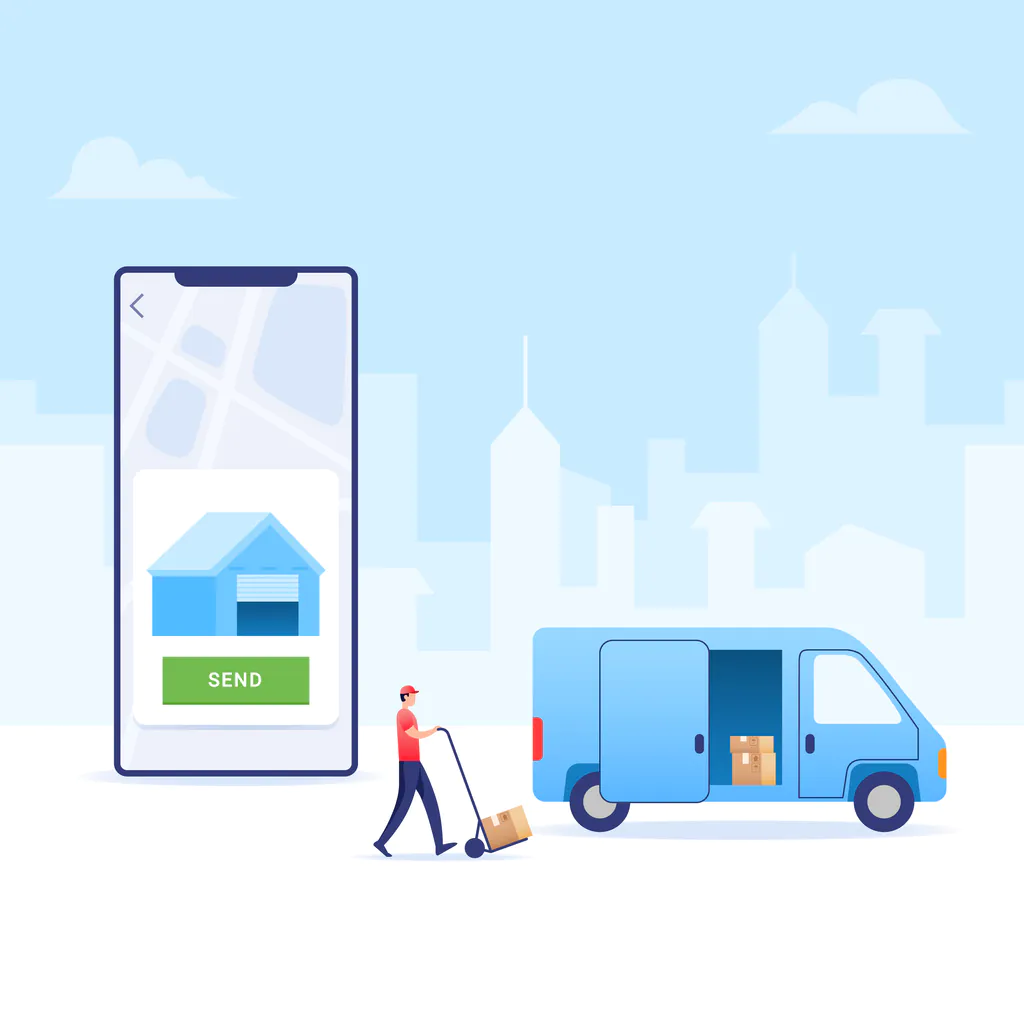A good sales plan is essential to the success of your sales team. And in order to properly make a plan and nurture potential customers towards making a purchase, you need to understand who these customers are and where they currently sit in the sales funnel. With a good sales funnel template, you can determine the best approach for each customer depending on what stage of the funnel they’re at and improve your chances of closing sales. It can also help prevent you from spending too much time on prospects who are unlikely to convert into customers.
A sales funnel represents the journey potential customers go through when interacting with your business, from awareness and interest to making a purchase. It’s widest at the top, where it contains cold prospects and people who are just becoming aware of your brand and offerings. From there it narrows as uninterested parties and prospects who don’t fit your ideal customer profile (ICP) are filtered out, until those at the bottom of the funnel are ready to make a purchase and sales are either won or lost.
By using a sales funnel template, you can track your potential customers as they move through that funnel and learn about their preferences and needs. This allows you to more easily determine which prospects need attention at any given time, and what kind of interactions will most likely help them move towards a purchase. Those at the top of the funnel, for example, will not likely react well to a hard sales pitch or be ready to try a demo or free trial of your product or service. These people are still learning about you and your offerings, and will benefit from marketing material or a sales call that is focused on educating rather than selling.
What Does a Sales Funnel Look Like?
The exact look and structure of a sales funnel will vary depending on the type of business you are and what your sales process is. However, there are three primary levels that every funnel has:
- Top of the Funnel (ToFu): At this stage, prospective customers are just beginning to learn about your business and about a problem that needs solving. From a sales perspective, this is where you are starting to identify prospects and generate leads.
- Middle of the Funnel (MoFu): This is where prospective customers have become interested in your offering and are learning more about it. Sales has qualified them as leads and it’s time to set up demos and sales pitches.
- Bottom of the Funnel (BoFu): At this point in the sales funnel, the prospect has the information they need and is ready to make a purchase.

With the help of a CRM, you can identify prospects who may need attention from the sales team — either because they’ve progressed to a new stage of the funnel or because they’ve been in the middle or bottom of the funnel for some time without talking to a sales rep. These prospects may need more information or encouragement in order to progress further down the funnel.
Prospects who have spent considerable time at the top of the funnel may not be a good fit for your business. This is a sign that sales shouldn’t invest too much time in these unqualified leads, but they can still be nurtured by the marketing team via content such as newsletters, blog posts, or other free materials.
How Does the Sales Funnel Template Change for Different Businesses?
A B2C sales funnel will look significantly different from a B2B funnel. Selling directly to consumers is typically a faster process, especially since there are typically only one or two people involved in the purchase decision. This differs from B2B sales, which often involve multiple team members or people from different departments involved in the process.
The sales funnel is also fairly straightforward for e-commerce businesses — sales reps typically need to be less involved because a lot of the necessary information is already available online for the customer to access on their own. This can include free trials or demos which may be accessible without a salesperson acting as an intermediary. It’s important to have campaigns in place to raise awareness and interest, and salespeople still need to be available to answer queries and provide assistance, but many customers will complete the purchase journey on their own.
A business that sells primarily to large enterprises, in contrast, will have a more complex sales funnel. Products and services that are designed for enterprises are typically more complex and expensive, and may need to be customized to suit the company’s specific needs and the systems it already has in place. Because of this, it can take time and effort on the part of a sales rep to familiarize the buyer with the product and convince them that it will be a good investment. Building trust is a key part of this sales process.
Because the enterprise sales funnel is a long one and requires significant attention from salespeople, it’s particularly important to qualify your leads and make sure that they’re a good fit for your company. The sales team needs to determine if the lead is genuinely interested in the product, if their needs match your ICP, and if they’re a decision-maker or influencer who has the ability to make the purchase happen. It doesn’t matter how interested a lead is if they don’t have any say in what purchases get made. Because enterprise products and services tend to be a significant investment, it’s important to involve decision-makers early on in the sales process.
An enterprise sales funnel template therefore typically involves more steps than the previous examples. Once a prospect is aware of your company, the sales team needs to qualify them, usually through an introductory call or meeting to establish the prospect’s pain points and needs. When you have a qualified lead, you can present them with a sales pitch or demo in order to convince them that your product or service can meet their needs. From there, the lead may request a proposal or a trial, outlining their expectations and evaluating whether your company can meet them. At this point there may be negotiations to settle exactly what will be provided and at what price.
Finally, the sale is either won or lost. Either way, there is still work to be done. With a complex product or service, it’s important to keep in touch with the customer after the purchase to ensure that they understand how to use it and to solve any problems they might experience. It may also be possible to upsell once the customer has spent some time using the product or service and has seen how well it can meet their needs.
If the sale is lost, it may just mean that the prospect wasn’t ready to make a purchase or couldn’t come to an agreement that suited all parties. A sales rep should follow up with these lost prospects after some time to see if their situation has changed and a new agreement can be reached.
Creating Your Own Sales Funnel Template
There are several other types of sales funnels, and yours will depend on your own unique situation and processes. Evaluate your company’s sales processes in order to identify the different stages in your sales pipeline. Your sales funnel should still follow the general shape of identifying prospects, generating interest, and nurturing leads towards a purchase, but the exact number of stages and the activities performed at each one will be unique to you.
Identify what qualities your prospects should have at each stage of the funnel and what activities you need to perform at that stage to bring them through your funnel. Once you’ve established that, you can position current and future prospects in your funnel. Record all interactions that your sales team has with your prospects — either manually, using spreadsheets, or through a CRM — and identify which stage each one is at. This will allow you to identify potential customers who need more nurturing and attention from sales and those who are ready to make a purchase.
No matter what your sales process looks like, your business can benefit from having a well-defined sales funnel and thoroughly documenting customer interactions. Consider using a CRM if you aren’t already, to streamline the process and help you visualize your prospects’ journey through the sales funnel. Give people the right attention and prompts at the right time and you can increase your success rate and reduce time lost on prospects that aren’t a good fit for your business.



